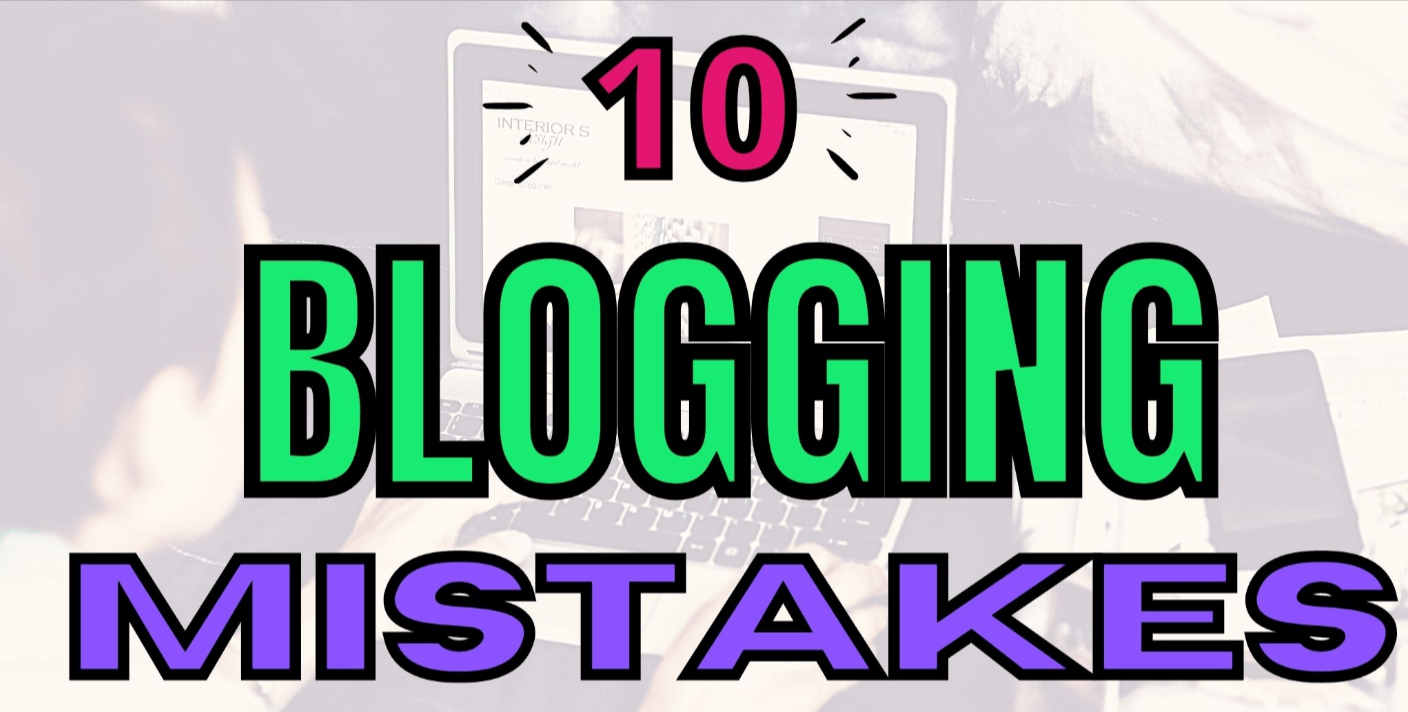How to Create a Successful Blog Marketing Strategy

What is Blog Marketing?
The blog marketing is all about the different strategies you can use to promote your blog and get more users to view it. It's more than just writing articles. You gotta create stuff that makes readers want to come back, chat with them, and, turn them into die-hard fans or buyers.
It's so important because it makes you stand out on the web. All around are millions of pages from this blog, and without a proper strategy, your blog may also get lost in the sea.
Step 1: Define Your Blog’s Purpose
Now before you go out and try out all those fancy marketing tricks, get clear on why you are having that blog in the first place. What is it for? Whatever it is that you are aiming to do with your blog, it is going to guide the whole journey of marketing that you carry out, for it sets the destination down which you are traveling.
Reflect on these points:
Your area of expertise. You could be into areas like wellness, tech, or cuisine. Figuring out your specific area aids in identifying who's likely to read your stuff.
The gains for your readers. Ponder over what folks might get when they dive into your posts. Maybe you're dishing out advice how-tos for troublesome issues, or just a bit of fun?
Your endgame. Want to beef up your rep, get that cash register ringing, or just spill the beans on what you know? Make sure what you want hits it off with what your crowd digs.
When you get why you’re in the game whipping up stuff to post and plotting a game plan to get folks on board with what you imagine gets a whole lot simpler.
Step 2: Know Your Audience
Another rule to be followed by any blog wishing for visibility is to get acquainted with its readers. You must find out who your readership is so that you can feed them with the material they wish to see, the material they care about, and the material they are struggling with.
Kick things off by sketching out your dream reader. You wanna think about:
Demographics: How old are they are they guys or gals where are they hangin', what do they do for a living
Psychographics: What are they into, what do they hold dear how do they live, what's bugging them
Online behavior: Where do they chill online? What social networks are they scrollin' through?
Knowing your readers lets you whip up stuff they'll vibe with. If your posts hit the mark, folks are way more likely to stick around and keep coming back for more.
Step 3: Develop a Content Plan
The core of your blog marketing game is the stuff you write. If your writings don't have that top-notch captivating vibe, all your promo moves are like throwing punches in the air. Setting up a plan for your writings makes sure everything you toss up on your blog is spot on always giving the readers what they're itching for.
Content Types to Consider:
How-to Guides: These articles give clear, stage-by-stage directions to fix an issue.
Listicles: These posts round up a bunch of helpful hints, gadgets, or sources your readers could like.
Case Studies: They tell true stories about how your goods or help made things better for buyers.
Interviews: Put the spotlight on big names in the field or big influencers to share wisdom and bump up trust.
Product Reviews: They assist your crowd in choosing by evaluating products that matter to what they're into.
Content Frequency
Figure out the frequency of new posts you need to deliver. It is very necessary and important to sustain an ounce of discipline in the frequency of uploading, be it every week, every two weeks, or every month pulumi. Staying consistent fosters trust and boots your spot in search engine outcomes.
Get ahead in your planning by using content management tools like Trello or Google Sheets for mapping out your content timetable.
Step 4: Make Your Content SEO-Friendly
Making sure search engines can find your blog is super important. SEO beefs up how search engines rank your posts, so it's simpler for people you want to reach to stumble upon your stuff on Google and stuff.
Peep these simple SEO tricks for bloggers:
Researching Keywords
Most people use the keyword feature in Google to find just about anything. For your site to be ranked, you will need to check out what keywords best match your subject and optimize them. Tools such as Google Keyword Planner or Ubersuggest will help in getting the exact words for your thing. You then incorporate the keywords in your blog, such as in Titles, Headings, and so on within the write-up.
On-Page SEO
Title Tag Magic: Make sure your title's got that main keyword and that it grabs attention.
Meta Description Mojo: Whip up some snappy meta descriptions that give the lowdown on your post while throwing in some keywords.
Internal Linking Fun: Hook up your posts with links to other bits on your blog. It's good for keeping your site tidy and making those readers stick around.
Pimping Out Images: Pick file names and alt texts that tell a tale for your pictures to give your SEO some oomph.
Mobile-Friendly Website
Google sees if your site's good on phones as a big deal when deciding where it lands in searches. Make sure your blog reshapes itself and looks neat on any gadget.
Step 5: Leverage Social Media to Promote Your Blog
Social places online are great for eyeing your blog and talking with people who look at it. Send posts to those locations such as Facebook, Twitter, Instagram, and LinkedIn, and then maybe more eyes would come to your space and know your brand better.
Social Media Tips:
Craft posts for each social media: Adapt your words each time because people on each platform dig different things. Think snappy titles and cool pics for Instagram, and get into the nitty-gritty on LinkedIn.
Slap on Hashtags: Dropping hashtags on your posts makes them way easier to spot on Instagram and Twitter. Do a little homework and find the ones that everyone in your thing is using.
Talk Back to Your Peeps: Hit up those who drop comments or slide into your DMs. It's all about making friends with the folks that follow you.
Post Your Stuff Lots: If you've got a blog, don't sweat posting it a bunch to catch people in all time zones. More shares mean more eyes on your work.
Step 6: Use Email Marketing to Grow Your Audience
Email marketing is awesome when one needs to talk to the audience. Collect those email addresses and boom, you can offer that kind of content that's reserved exclusively for them incredible deals, fresh updates that encourage them to come back checking your stuff.
Tips for Building an Email List:
Throw in a Treat: Hook 'em up with a free thingie like an eBook or a how-to list maybe a webinar, to grab those email addies.
Make Your Sign-Up Forms Pop: Slap on some pop-ups, or maybe those not-so-in-your-face inline forms, or catch 'em when they're leaving with exit-intent pop-ups and nab their email without getting on their nerves.
Divvy Up Your Crew: Put your peeps in different buckets based on what they dig and how they cruise through your site. This way, you can hit 'em with the stuff they wanna see.
Get your email list going and hit them up with newsletters showcasing your fresh blog content cool industry updates, and special deals just for them.
Step 7: Collaborate with Influencers and Other Bloggers
Rub elbows with other bloggers and personalities in your scene. That's a good move to expand your circle. When they collaborate, poof! They have kind of borrowed their crowd and snagged a couple of new peeps for themselves.
Collaboration Ideas:
Guest Posts: Pen articles for other blogs and get different folks to contribute to yours. You grab the attention of fresh eyes and snag links back to your own site.
Conversations and Spotlights: Have a chat with big names or shine a light on them in your space, and they might just toss your content to their crowd.
Social Media Hype: Team up with big shots for some noise on social platforms, and they could highlight your article to their peeps.
Step 8: Track Your Progress
To know whether your blog post is hitting the target, keep track of your stats. This monster tool allows you to monitor your crowd and their actions, along with many other vital statistics: Google Analytics.
Key Metrics to Monitor:
Visitor Origins: Figure out the sources of your visitors, like search engines social media, or email.
Departure Frequency: A high number of visitors dipping out fast might show your stuff isn't gripping or on point.
Visitor-to-Customer Transformation: Keep tabs on the amount of visitors who do what you're hoping they'd do, like joining your email gang or snagging a product.
Hot Content: Spot the blog articles that are pulling in the most eyeballs and interaction.
Put this info to good use by adjusting your game plan as you roll along.
Step 9: Be Consistent and Patient
A winning blog marketing plan is not a sprint but a marathon. Amass quality articles and stay on the course. As you learn more about your audience and what gets their clicks, you can tweak the course.


